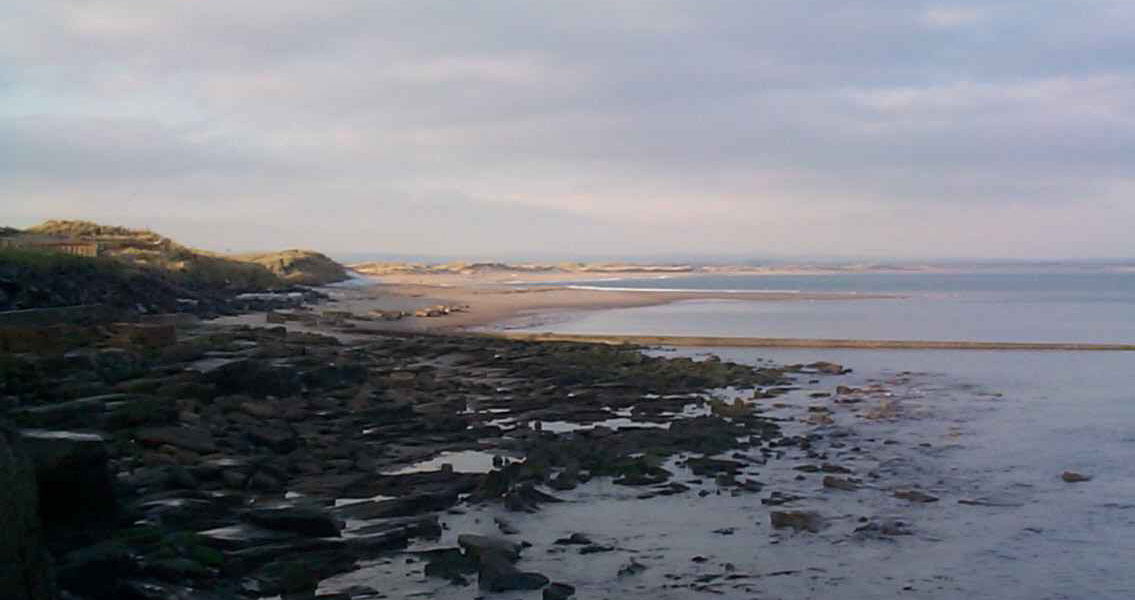<![CDATA[An Iron Age house has been discovered on the Northumberland coast. With fine views of the sea, the location is just as desirable with people today as when the ancient house was built, 2,500 years ago. The major excavation project involved over 700 volunteers and was led by a team of archaeologists from Archaeological Research Services Ltd. This vast team managed to uncover the Iron Age site, believed to be from around 300 BCE, overlooking picturesque Druridge Bay. From their excavations, it appears the house was constructed in several phases. The house was originally of timber construction, but it also had several extra features; namely, a stone hearth and external area of paving on the sea-facing side of the house. “This is what we would today call a patio and, just like us, the inhabitants of the site placed it outside the entrance so as to command a wonderful sea view,” Dr. Clive Waddington, who led last year’s dig at Low Hauxley on the bay, told The Journal. The flat sandstone slabs used for this ancient ‘patio’ are thought to have come from a nearby burial cairn. Whilst it was important in its own time, by the time of the Iron Age settlement the cairn was simply a feature of the landscape. Any useful materials in the cairn would have been taken to be re-used. The cairn had been in continuous use for around 600 years between 2,400 and 1,800 BCE. Archaeological excavations over the last 30 years have revealed stunning Beaker burials within the cairn. It is the earliest Beaker burial site to be revealed in the region. The Beaker folk were a particularly important immigrant group to Britain, as they brought with them the ability to work metal. “Overall it looks as though this burial monument was in use for around 500-600 years, making it a long-lived landmark for the local community,” said Dr. Waddington. The site in Druridge Bay is suffering from coastal erosion, which has revealed remains of human habitation. “These remains have been protected for thousands of years by the huge quantities of sand that have been blown over them,” Dr Waddington said. “Now the sand is being washed away and the remains destroyed as the sea level rises. We have to be vigilant and ready to react when more of these remains are exposed.” What the site has revealed is that Northumberland has been continuously inhabited for thousands of years. Buried in the layers of sandstone is evidence of Mesolithic colonisers and the arrival of Neolithic peoples, as well as the Beaker folk's metal working. The Iron Age homestead provides another level to this narrative of continuous habitation. It also shows how resourceful Iron Age people were - any useful building materials in the cairn were re-used in the construction of houses. Further, it reveals that ancient people enjoyed some of the pleasures we do today: undertaking domestic improvements so as to more comfortably enjoy their home. Photo Credit: Wikipedia Commons – Glennsmart]]>
Iron Age ‘Patio’ Discovered
